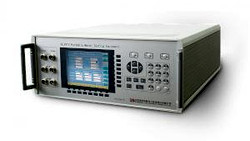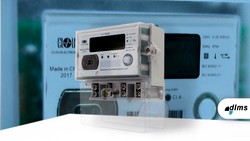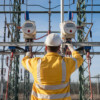In the world of measurement instruments, an intriguing phenomenon called annual drift occurs. This gradual shift in measurement performance over time can have significant implications for measurement accuracy and reliability. In this article, we look into the linear nature of drift, explore how organizations manage its impacts, and discuss the importance of ensuring measurement trustworthiness.
The Linear Progression of Drift
Research has shown that drift generally follows a linear progression when graphed over time. Instead of abrupt changes, instruments gradually deviate at a somewhat predictable annual rate. This linear behavior allows for trend analysis and future performance characterization based on current data. Understanding the linear nature of drift empowers organizations to make consistent, science-based decisions.
Factors Affecting Drift
The level of drift experienced by measurement instruments depends on various factors. Instrument type, calibration stability, and operating conditions all play a role in determining the magnitude of drift. For example, thermocouples may experience an annual drift of 0.1°C – 0.5°C while reference standards for voltage measurement generally exhibit drift rates of less than 35 ppm/year. By considering these factors, organizations can better assess the impact of drift on their measurement systems.
Managing Drift Impacts
To ensure compliance with tolerance requirements, organizations must assess the annual drift rates of critical instrumentation. Tools that exhibit higher levels of instability and faster drift require more frequent checks and recalibration. On the other hand, stable instruments with slower drift can be monitored less frequently. Additionally, data normalization techniques can address drift impacts on long-term studies, allowing for accurate and meaningful analysis.
Ensuring Measurement Trustworthiness
Incorporating drift characteristics into calibration planning is crucial for quality managers. By proactively accounting for drift in their strategies, they can maintain measurement system capability throughout the lifecycles of instruments. This approach helps ensure cost-effective and reliable measurements, supporting consistent decision-making processes that rely on high-integrity measurement science.
Takeaway
The linear nature of drift allows for trend analysis and future performance characterization. Manufacturer specifications can serve as a first indication before purchase, but the drifting behaviour is different for each instrument. Building up an annual history is useful to see when the instrument will get out of range. By managing drift impacts and incorporating drift characteristics into calibration planning, organizations can ensure measurement trustworthiness and make science-based decisions.
If you have any inquiries or need further information about our CLOU precision measurement instruments for energy meters testing, please do not hesitate to reach out to us Contact Us. We are here to assist you and welcome your valuable thoughts and comments.
Contact Us. We are here to assist you and welcome your valuable thoughts and comments.
Until then, keep your measurements on track and your drift under control!
Editor's note: This article was originally published in July 2024 and has been updated for comprehensiveness.








All comments are moderated before being published. Inappropriate or off-topic comments may not be approved.